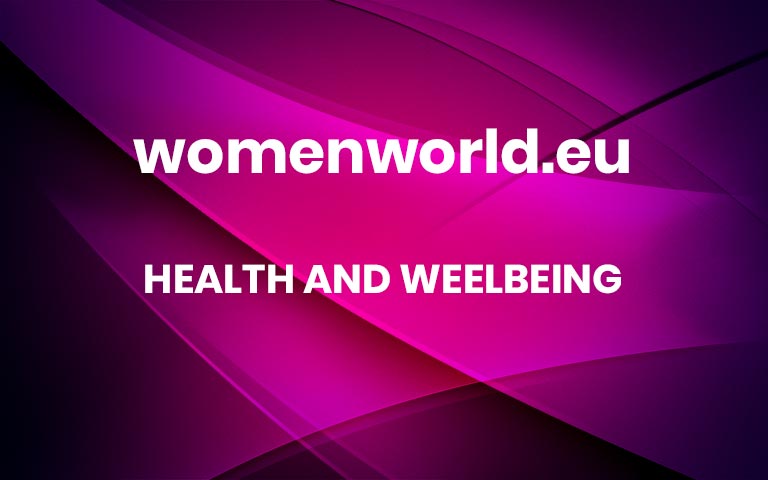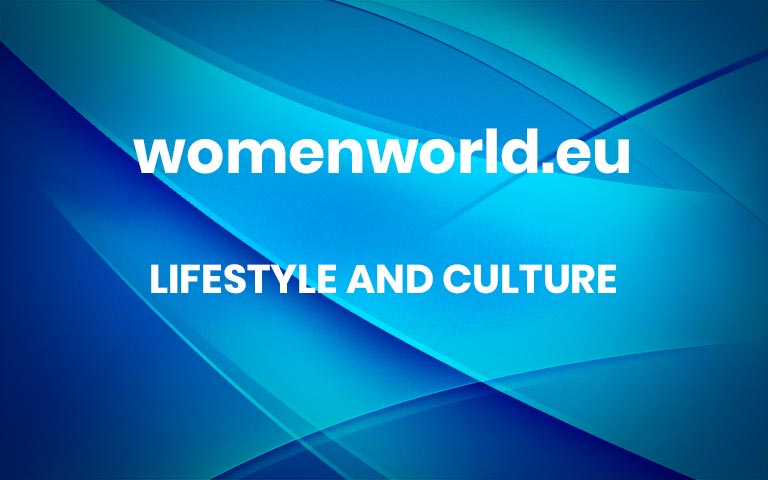Forgetting what you did yesterday and putting a pair of spectacles in different areas of the house so you’re never without them doesn’t have to be your endgame. “Cognitive health refers to maintaining and optimising mental functions – things like memory and concentration, as well as mood,” explains Professor Andrew Scholey, a researcher in human psychopharmacology. Professor Con Stough, a cognitive neuroscientist, adds, “The ‘use it or lose it’ rule is worth remembering here.” Read: the work you put into keeping your abs in shape also applies to your brain. But brain-boosting supplements can be a great help too, to improve your memory and mood, to bust brain fog. Here, we’ve rounded up the best brain-boosting supps, per experts and studies.
How Do Brain-boosting Supplements Work?
“How they work really depends on the exact ingredients – every supplement is a bit different,” explains Nicolene Schoeman, a clinical pharmacist. “In short, they help create a healthier environment for your brain to thrive, especially when combined with the real non-negotiables: sleep, movement, stress management, and a balanced diet.” In general, Schoeman’s outlined four key functions of brain-boosting supplements, or nootropics, below:
They help fuel your brain. Some improve the brain’s supply of oxygen and glucose (your brain’s main energy sources), which may help it perform better, especially when you’re tired or stressed.
They protect brain cells. Certain ingredients act like a shield, helping defend brain cells from damage caused by inflammation, poor circulation, or free radicals (unstable molecules linked to ageing and cognitive decline).
They support better communication between brain cells. Some help your brain build key proteins and healthy fats that keep your brain cell membranes strong and flexible, helping neurons (your brain’s messengers) communicate clearly.
They may improve blood flow. This means more oxygen and nutrients get to your brain, which could boost focus, mental clarity, and alertness.
READ MORE: 6 Things Neurologists Would Never Do If They Wanted To Protect Their Brain Health
How Can You Know If A Nootropic Supplement Is Worth It?
“As a clinical pharmacist (and someone passionate about living a healthy, high-performing life), I get it – we all want to feel sharper, remember better and stay focused longer,” says Schoeman. “But here’s the truth: the field of brain supplements is still young, and while some ingredients show early promise, most don’t have enough strong, consistent evidence yet to back up the bold claims on the label entirely.” For example, while a label might claim a product is science-backed, that science may refer to small, short-term studies, or those done on animals, Schoeman points out.
So what’s a girl to do? Avoid the bold claims, says Schoeman. “Supplements that make wild promises like ‘limitless focus’ or ‘instant memory upgrades’ often fall short,” says Schoeman. And, try to nail the basics first: good sleep, nutrition, stress management and frequent movement. “No supplement can replace the proper foundations of brain health,” says Schoeman. Having said that, nutritional gaps created by hectic schedules, restrictive diets or other health conditions mean that sometimes, a brain-boosting supplement may be a good add-on. Specific supps Schoeman would go for? Omega-3, B vitamins, magnesium, creatine and vitamin D.
Will Nootropics Interact With Other Meds?
In short: maybe! If you’re on antidepressants, anti-anxiety meds, sleeping aids or stimulants, it’s best to check with your doc first. Per Schoeman, Huperzine A, found in some supplements, can interact with medications used for IBS, urinary tract infections, inhalers for COPD or asthma and eye drops for glaucoma. These interactions might reduce the effectiveness of both the supplement and the medication, or cause worse side effects.
Here are two other contraindications, per Schoeman:
5-HTP or tryptophan can increase serotonin levels, which may lead to a serious condition called serotonin syndrome when taken with certain antidepressants.
Herbal supplements like ginseng or rhodiola can raise blood pressure, which is risky for people with hypertension, heart problems, or those already taking psychiatric medications, as they can cause overstimulation.
Bottom line: always talk to your healthcare provider before starting any new supplement, particularly if you take medications or have health conditions.
READ MORE: The Exact Supplements Women Need To Be Taking, According To Studies
Best Brain-Boosting Supplements For Women
1. Vitamin B12
Essential for energy metabolism, nerve function, and preventing fatigue and cognitive decline. B12 deficiency is common in older and menopausal women, which means this is a good one to supplement, especially if you’re vegan. A higher intake has been connected with better cognitive function in perimenopausal and postmenopausal women.
Dosage: At least ~2.4 µg/day of B12 is recommended; a study of post-menopausal women suggests that ~6 µg/day corrects biomarkers. Many women supplement at 10 µg/day for cognitive support. ”In one study, B12 improved cognition in 84% of people with cognitive impairment – that’s huge,” says Schoeman.
Cautions: Generally safe. High doses very rarely cause acne-like rash or interactions; individuals with B12 injections or specific blood disorders should consult their providers.
Also try: A B-vitamin complex, including B6 and B9 (folate).
2. Omega-3 Fatty Acids (EPA & DHA)
EPA‑rich omega‑3s at ~1 g/day may ease depressive symptoms and support memory, attention, and cognitive clarity. “DHA, in particular, is a major building block of the brain and helps support memory, mental clarity, and mood,” says Schoeman.
Dosage: Around 1 g/day of EPA‑DHA combined, with EPA of 60% or more.
3. Creatine Monohydrate
Creatine is trending as a cognitive support tool for stressed or ageing brains. Popular among athletes – and now gaining attention in discussions about menopause cognition. “Research now shows it may benefit short-term memory, processing speed, and mental clarity too,” adds Schoeman.
Dosage: 3–5 g/day is common and effective
Cautions: Safe for healthy individuals; those with kidney disease should consult a clinician. Loading (taking up to 20g per day) can cause GI discomfort or water retention.
4. Magnesium
“Magnesium is an unsung hero,” says Schoeman. “It helps calm the nervous system, supports memory and reduces inflammation and oxidative stress in the brain, both key contributors to cognitive decline.” Recently, it’s been highlighted as a missing nutrient in many experiencing brain fog and poor sleep – common in stress or during peri/menopause.
Dosage: The RDA is 310-320mg daily, from diet and supplement combined.
Cautions: Excess supplementation may cause nausea, hypotension, confusion.
READ MORE: The Big Benefits Of Creatine, Especially For Women
5. Caffeine
Yes, really! There’s a reason you chug the stuff to stay alert during all-nighters. “It works by blocking adenosine, the chemical that makes you feel drowsy, so your brain stays more alert,” explains Schoeman.
Dosage: Experts recommend no more than 400mg a day.
Cautions: Overdoing it means increased heart rate, heart palpitations, high blood pressure, upset stomach, nausea and more. Stick to no more than two or three cups of java a day.
6. Lion’s Mane
Booming social media buzz among midlife women for memory, focus, mood stabilisation and neuro‑protection. Anecdotes from public figures highlight subtle mental clarity improvements.
Dosage: 1g a day is generally fine, up to 16 weeks.
Cautions: Generally well‑tolerated; mild stomach discomfort in some. Long‑term safety not fully studied.
7. Ashwagandha
Widely discussed for stress, focus, mood and brain fog in menopause. Studies report improvements in working memory, reaction time, and reduced stress. An adaptogen that helps modulate cortisol, reduce inflammation, and support neurotransmitter balance.
Dosage: 300–600 mg/day (sometimes split twice daily) of standardised root extract over 6–12 weeks yields benefits.  
Cautions: Mild GI upset in some. Avoid during pregnancy or thyroid disorders unless approved by a healthcare provider. May interact with sedatives or thyroid meds.
From The Ed’s Desk
Chemistry Natural Science BALANCE
Chemistry Natural Science BALANCE
The guys over at Chemistry really took the assignment seriously: this mix is stuffed to the gills with everything from probiotics and collagen to brain-boosters like ashwagandha, ginseng and cordyceps. I take these in weeks that are especially demanding on my brain and always feel that extra pep after.
Michelle, Features Ed
Motherkind Libido Her
Motherkind Libido Her
I decided to give this a go for mood and energy during a tough training block – I was feeling pretty run down after my morning workouts. I’ve been taking it for about three weeks now, alongside a few other Motherkind supplements, and I’ve definitely felt the calm, energised boost I was after.
Kelleigh, Managing Ed
Pukka Pure Brain Boost
Pukka Pure Brain Boost
This 4-in-1 powder blend combines plant-based protein with cognitive-enhancing ingredients like flax, ashwagandha and Lion’s Mane. The best part? It is completely tasteless but has a creamy texture, so I’ve been adding this to my coffee – bonus creaminess, no milk needed! It’s a great help for muscle support and overall brain function.
Michelle, Features Ed
PrimeSelf Ashwagandha
PrimeSelf Ashwagandha
Everyone knows your brain can’t function at its best without proper rest – and I was seriously struggling to sleep. After a particularly dismal sleep score from my Garmin, I decided it was time to take action. Before starting this, I sometimes logged just 18 minutes – or even zero – of deep sleep. Now, I consistently get at least 90 minutes of deep sleep per night.
Kelleigh, Managing Ed
NOW Foods GABA
NOW Foods GABA
This supplement contains Vitamin B6, which acts as a coenzyme – meaning it helps enzymes carry out essential chemical reactions – in the production of several key neurotransmitters, including serotonin, dopamine, GABA and norepinephrine. While there’s some debate around whether supplemental GABA crosses the blood-brain barrier effectively, I’ve personally found this combination really helpful for improving sleep quality.
Kelleigh, Managing Ed
Women’s Health participates in various affiliate marketing programmes, which means we may get paid commissions on editorially chosen products purchased through our links to retailer sites. More



